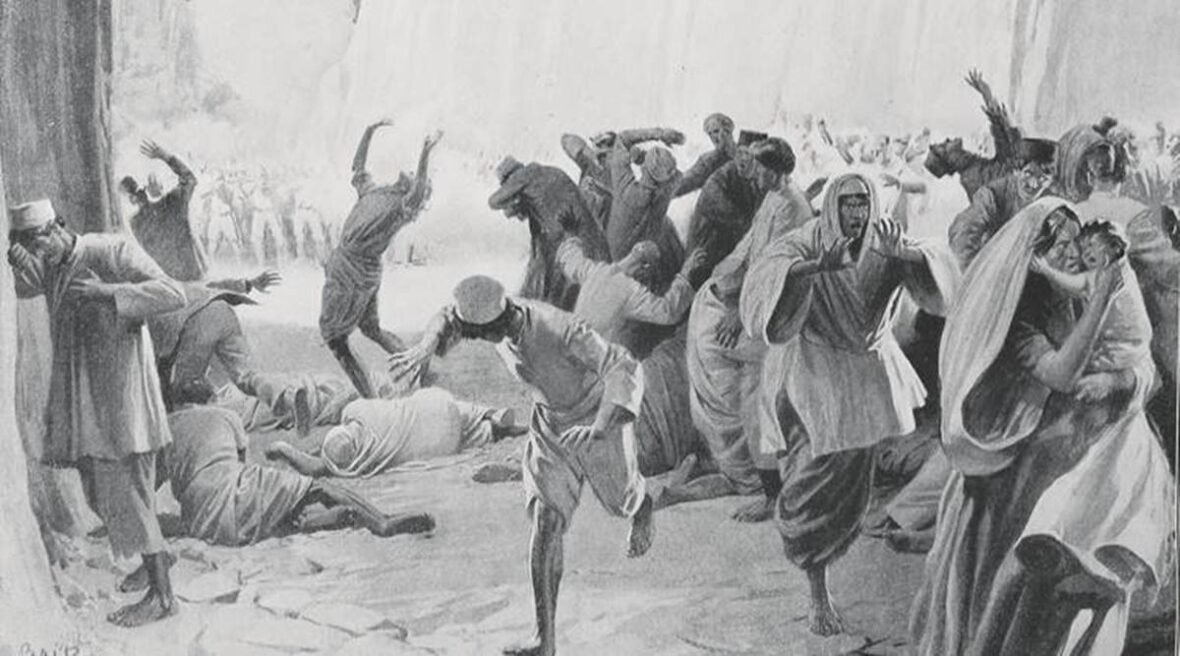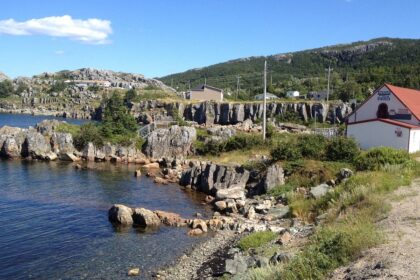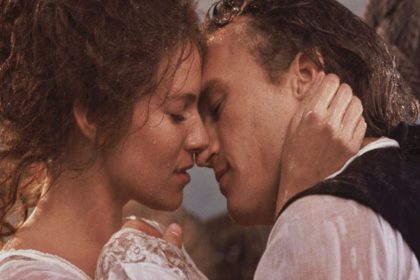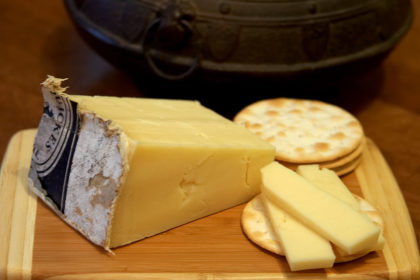Jallianwala Bagh Massacre – if you are an Indian, you must have heard of these three words. These words tell about a dark phase of India’s freedom struggle. Take a look below for 23 sad and bizarre facts about the Jallianwala Bagh Massacre.
1. The Jallianwala Bagh Massacre also goes by the name Amritsar Massacre.
2. The incident took place on April 13, 1919. It was a Sunday.
3. The reason why it is known as Amritsar Massacre is that it took place in Amritsar – a city in northern India.
4. The day on which the incident took place was ‘Baisakhi’. It was a day of festival. Baisakhi is Punjab’s one of the largest festivals.
5. The precursor to the Massacre was the Rowlatt Act. This act was passed in February 1919.
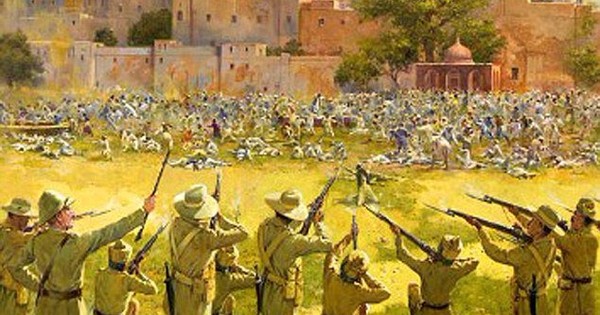
6. The Rowlatt Act gave the British Government the authority to arrest anyone on grounds of mere suspicion.
7. The Rowlatt Act was basically designed for controlling activities of Indian Revolutionaries.
8. Protesting against the act, the Indians observed a hartal on March 30th and April 6th of 1919.
9. On April 10, 1919, two famous leaders, Dr. Kitchlew and Dr. Satyapal were arrested on the basis of Rowlatt Act.
10. On that day, British authorities opened fire on a peaceful procession at Amritsar. This resulted in an assault on British people from Indian side.
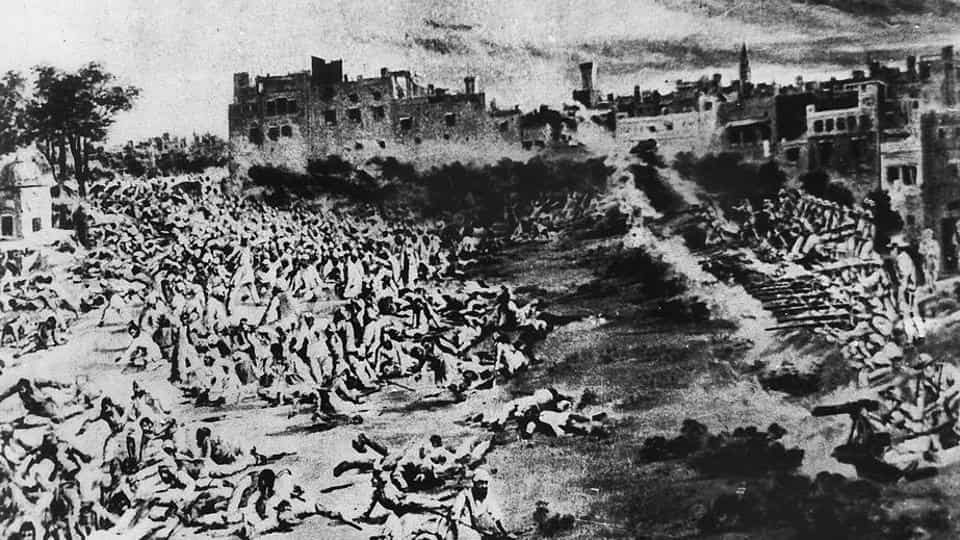
11. Two days later on 12th of April, 1919, General Dyer took command of troops. He issued a proclamation banning all public gatherings.
12. Though the proclamation was issued, no efforts were made to ensure that general public came to know about it.
13. Because people had no idea about the proclamation, a public gathering was called for. The venue of Jallianwala Bagh. The date was 13th The time for the gathering was 4:30 PM.
14. The gathering had no political intent at all. It was meant for celebrating Baisakhi – the Sikh festival.
15. Anywhere between 6,000 and 10,000 people gathered at Jallianwala Bagh on the evening of that day.
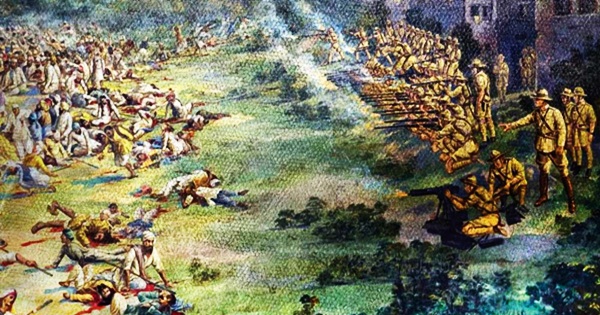
16. The gathering included even children and women since it was all about celebrating Baisakhi.
17. Though the festival was a Sikh festival, many Hindus and Muslims also came to celebrate the same. All of them were there for commemorating the day when Khalsa Panth was founded by Guru Gobind Singh.
18. Jallianwala Bagh was a tricky place. Except for the main entrance to the open place, the area was surrounded by building and walls on all sides.
19. There were a few narrow exit points but they usually remained locked. On that terrible day too, those small exits were locked.
20. The meeting started at 4:30 PM as planned. At 5:30 PM, General Dyer arrived with a group of 25 Baluchi soldiers and 65 Gurkha soldiers. Two armored cars with mounted machine guns were also brought.
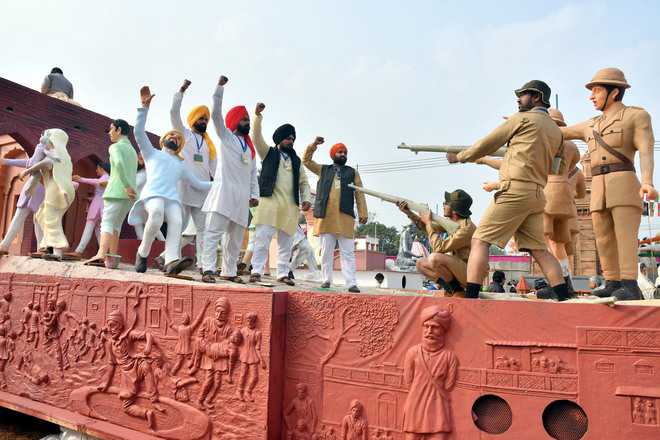
21. General Dyer ordered the soldiers to march inside through the main entrance. He even tried to get the vehicles in. However, the entrance was too narrow for the vehicles and were stationed outside.
22. Without sending any warning or without asking the gathered people to disperse, General Dyer ordered the soldiers to open fire.
23. He even asked the soldiers to shoot directly at those portions of the gathering which were most crowded.

